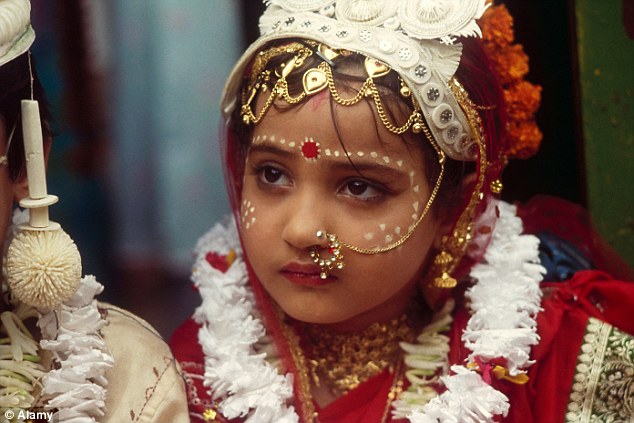- Recent Study Findings: A Lancet report highlighted the persistent problem of child marriage in India, which is particularly prevalent in places such as West Bengal.
- Bihar, West Bengal, Uttar Pradesh, and Maharashtra are known for having high incidence of underage marriages, particularly among girls.
The Lancet Study’s Major Findings
- The survey found that one in every five females in India is married before reaching the legal marriage age, with significant differences between states.
- West Bengal has had a huge surge in child weddings, with over 500,000 more girls married as youngsters.
Impact of Child Marriage
- Human Rights Impact of Child Marriage: Child marriage is recognised as a kind of sexual and gender-based violence and a violation of human rights.
- Health Consequences: The practice has a negative impact on maternal and child health, as proven by baby fatalities in Murshidabad.
West Bengal Policy Interventions
- Kanyashree Prakalpa initiative: A conditional cash transfer initiative aimed at encouraging teenage girls’ education and avoiding child marriage.
- Rupashree Prakalpa: A monetary incentive plan for girl marriage that sometimes contradicts Kanyashree’s goals.
The Difficulties of Combating Child Marriage
- Educational Progress vs. Child Marriage: Increased female school attendance in West Bengal has not resulted in a decrease in child marriage rates.
- Correlation Between Literacy and Child Marriage: High literacy rates in some regions have not resulted in a drop in child marriage, reflecting complicated underlying issues.
- Migration patterns and social conventions both contribute to the continuance of child marriage, with families marrying off daughters before relocating for work.
Law and regulation implementation
- Inadequate Law Enforcement: Despite existing legislation like as the Prohibition of Child Marriage Act (PCMA), 2006, enforcement in West Bengal remains lax in comparison to other states.
- Proposed Amendments: Efforts are underway to raise the legal marriage age for women to 21 years, with the bill referred to a Parliamentary Standing Committee.
Looking Ahead: Change Strategies
- A Comprehensive Approach Is Required: Child marriage must be addressed through a multifaceted approach combining panchayats, schools, local communities, and political will.
- District Action Plans: The West Bengal government’s call for district action plans is a step in the right direction, but effective execution and social campaigns are required.
- Law Enforcement and Public Awareness: Raising public awareness and strengthening law enforcement are critical to reducing child marriage rates in West Bengal and across India.
Conclusion
- Child marriage is a big issue in India, particularly in regions such as West Bengal, despite policy initiatives.
- Balancing Incentives and Enforcement: While schemes such as Kanyashree and Rupashree try to solve the issue, it is critical to balance incentives with severe law enforcement.
- Collaborative Change Efforts: To effectively oppose child marriage and protect the rights of young girls, a collaborative effort involving all stakeholders, as well as a strong political commitment, is required.
Source: https://www.thehindu.com/news/national/why-is-child-marriage-still-high-in-west-bengal-explained/article67716959.ece#:~:text=%E2%80%9CThere%20is%20a%20significant%20migratory,said%2C%20explaining%20the%20vicious%20cycle.

